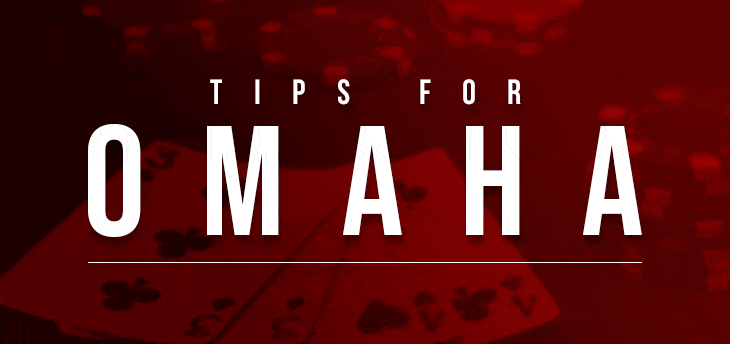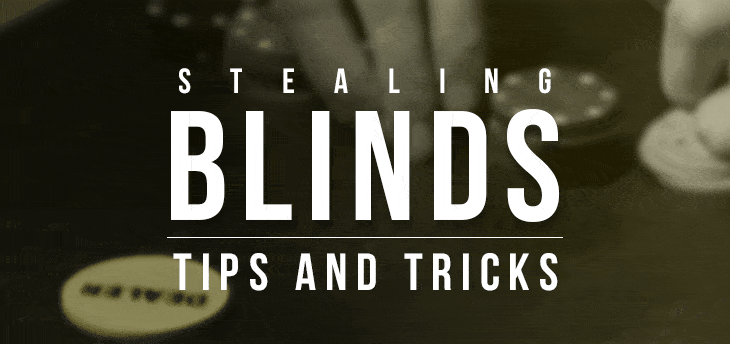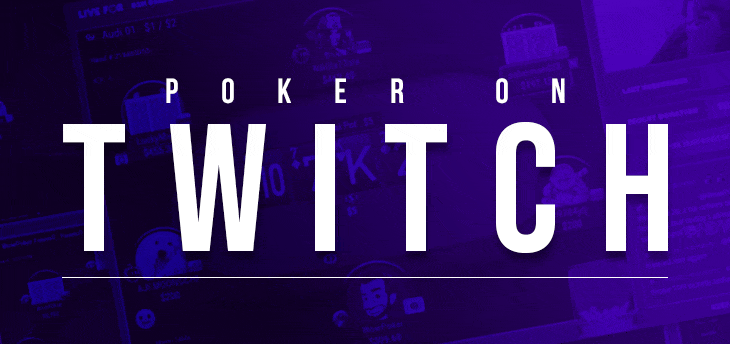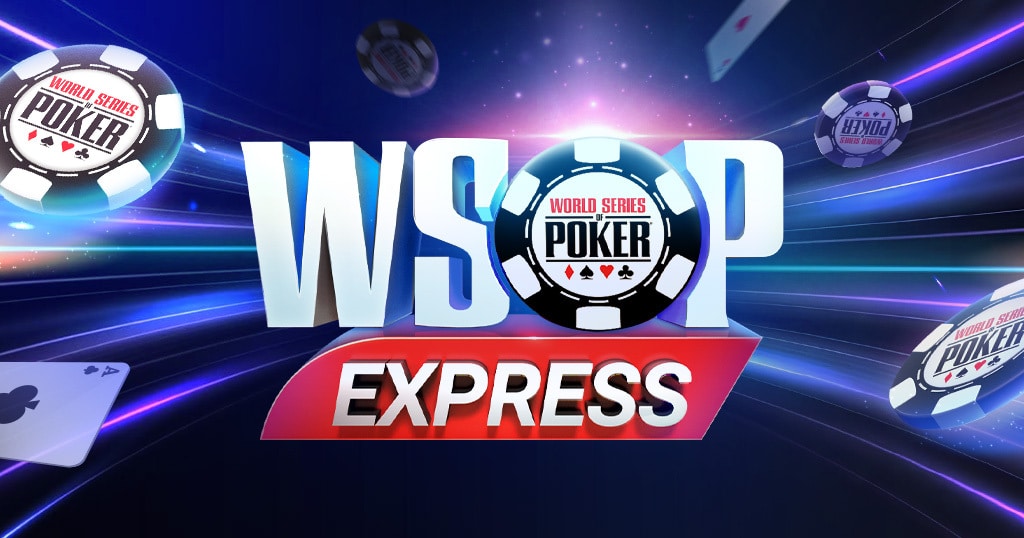Beyond Hold’em: Master Short Deck, Badugi and Other Exotic Poker Variants That Pros Love

So, you’re bored with Texas Hold’em
Texas Hold’em dominates the poker world for good reason. Its fast pace, emphasis on aggression, and accessibility make it irresistible to millions of players. The game’s elegant simplicity has made it the go-to choice for tournament broadcasts and Hollywood depictions in films like Rounders (1998) and Casino Royale (2006).
However, Hold’em’s popularity shouldn’t overshadow poker’s rich diversity. The beauty of poker lies in its countless variations, each offering unique strategic challenges and gameplay experiences. Some players gravitate toward the multi-card complexity of Omaha, others enjoy the memory and observation skills required in stud games, while some prefer the wild unpredictability of variants like Pineapple.
If you’re ready to expand your poker horizons, here’s an in-depth look at several exotic variants that offer compelling alternatives to Texas Hold’em.
Short Deck (6+ Hold’em)
Short Deck poker represents the closest alternative to traditional Hold’em on our list. Created by businessmen and poker enthusiasts Paul Phua and Richard Yong, this variant has exploded in popularity throughout Asia and beyond, becoming a staple of prestigious events like the Triton Poker Series.
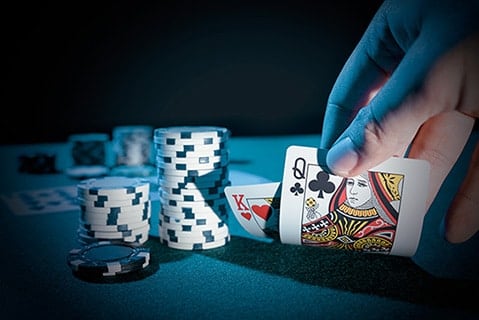
Key Differences from Hold’em:
Deck Composition: Short Deck uses a trimmed 36-card deck with all cards below six removed (hence the alternative name “6+ Hold’em”). This dramatic reduction creates several important changes to the game dynamics.
Altered Hand Rankings: The smaller deck fundamentally shifts hand probabilities. Most notably, flushes become harder to make than full houses, so flushes rank above full houses in Short Deck. A straight also beats trips (three of a kind).
Betting Structure: While Hold’em uses big and small blinds, Short Deck employs an ante system where every player posts the same forced bet, plus a single blind equal to the ante paid by the button position.
These modifications create a more action-packed game where hand equities run much closer together, and the ante structure incentivizes more aggressive play and wider opening ranges. Players familiar with Hold’em will find the transition relatively smooth while enjoying significantly more dynamic gameplay.
Five-Card Draw
Five-Card Draw stands as one of poker’s most accessible and historically significant variants. While more commonly found in home games than casino floors, this straightforward format offers pure poker fundamentals without community cards or complex betting structures.
Game Structure: Each player receives five private cards, followed by a betting round. Players then enter the “draw” phase, where they can exchange any number of cards for new ones from the deck, or stand pat with their current hand. A final betting round precedes the showdown.
Strategic Elements: The beauty of Five-Card Draw lies in its psychological warfare. With no community cards to guide decisions, players must rely entirely on betting patterns, drawing behavior, and reading opponents. The number of cards drawn provides crucial information—someone drawing one card likely holds two pair or is chasing a straight or flush, while a player drawing three cards probably has a pocket pair.
Wild Card Variations: Many home games incorporate jokers as wild cards, which can complete straights, flushes, or any other hand. Creative house rules can expand joker usage—some games allow them only for aces, others use them for any card. This flexibility makes Five-Card Draw perfect for casual, customizable poker nights.
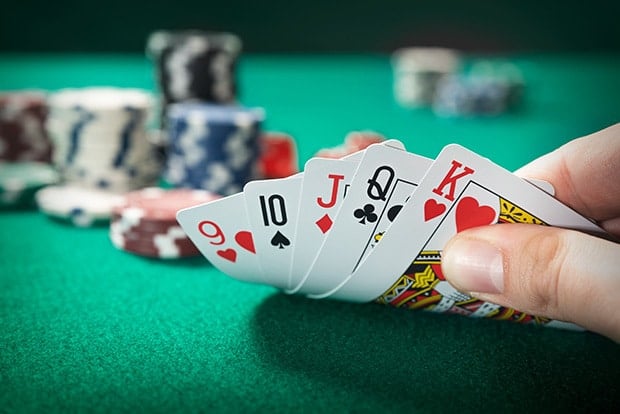
Badugi
Originating from Korea, Badugi represents one of poker’s most unique and challenging variants. This game completely inverts traditional poker thinking, requiring players to master an entirely different strategic framework.
Core Concept: Badugi is a triple-draw lowball game where players aim to create the worst possible four-card hand. However, “worst” in Badugi has specific rules that make it far more complex than simply holding low cards.
Hand Requirements: A qualifying “Badugi” hand contains four cards of different ranks and different suits. For example, A♠-3♥-7♦-K♣ would be a four-card Badugi. If you have duplicate suits or ranks, those cards don’t count toward your final hand—you’d be playing with a three-card or two-card hand instead.
Hand Evaluation: Aces are always low in Badugi. Hands are evaluated by their highest card, with lower being better. A “Number One” (A-2-3-4 of different suits) is the nuts, while a four-card hand always beats a three-card hand regardless of the cards involved.
Drawing Strategy: With three drawing rounds, players must carefully balance the risk of breaking a made hand against the potential to improve. The psychological element is intense—players often represent stronger hands than they hold, and reading opponents becomes crucial when determining whether to draw or stand pat.
This Korean import has gained a dedicated following among poker professionals who appreciate its unique strategic challenges and the way it rewards both mathematical precision and psychological insight.
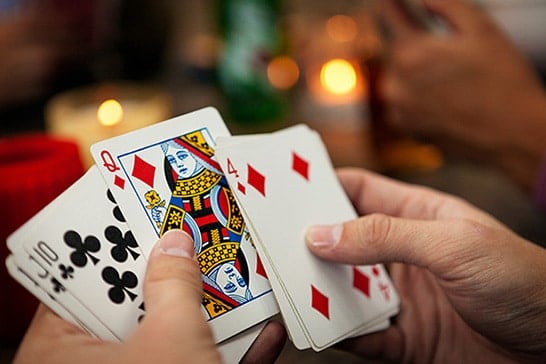
Open Face Chinese Poker (Pineapple)
Open Face Chinese Poker, particularly its Pineapple variant, has become a favorite among poker professionals during tournament downtime. Despite its Finnish origins, this game has achieved worldwide popularity due to its unique blend of skill, strategy, and manageable variance.
Game Structure: OFC accommodates two to three players and revolves around building three separate poker hands: a five-card bottom hand, a five-card middle hand, and a three-card top hand. The crucial rule is that hands must be arranged in descending strength order—bottom strongest, middle second, top weakest.
Gameplay Mechanics: Players start by receiving five cards, which they arrange face-up across their three hands. Subsequently, they receive one card per turn (three cards per turn in Pineapple, keeping one and discarding two), placing each card in one of their three hands. Once placed, cards cannot be moved.
Scoring System: Instead of traditional betting, OFC uses a point-based system. Players compare corresponding hands against each opponent—bottom vs. bottom, middle vs. middle, top vs. top. Win a comparison, earn a point; lose, forfeit a point.
Fouling and Penalties: The most dramatic element of OFC is “fouling.” If your hands aren’t properly arranged (bottom strongest, middle second, top weakest), you automatically lose all three comparisons against each opponent, typically resulting in a -6 point penalty in a three-player game.
Bonus Points: OFC rewards strong hands with bonus points that can dramatically swing results:
- Top Hand: Pairs of 6s through 10s earn +1, jacks through kings earn increasing bonuses, with three aces earning +22
- Middle Hand: Three of a kind starts at +2, with a royal flush earning +50
- Bottom Hand: Straights begin at +2, escalating to +25 for a royal flush
- Scoop Bonus: Defeating all three of an opponent’s hands earns an additional +3 points
The combination of skill-based hand construction, psychological warfare, and bonus chasing creates an engaging format that’s both easier to learn than traditional poker variants and deeply strategic at expert levels.
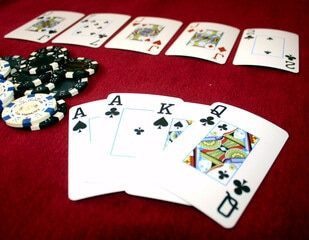
Pot-Limit Omaha (PLO)
While not as exotic as other variants on this list, Pot-Limit Omaha deserves mention as the second-most popular poker format worldwide. PLO offers a perfect stepping stone for Hold’em players seeking more action and complexity.
Key Differences: Each player receives four hole cards instead of two, but must use exactly two hole cards combined with exactly three community cards to make their final hand. This creates far more possible hand combinations and significantly closer equity distributions.
Strategic Depth: PLO rewards players who understand hand coordination and nut potential. Hands that seem strong in Hold’em (like top pair) become much weaker when opponents can hold so many more combinations. Drawing to the nuts becomes crucial, as second-best hands often prove costly.
Action and Variance: The pot-limit betting structure and increased hand possibilities create larger pots and more frequent all-in situations. PLO typically sees much higher variance than Hold’em, making proper bankroll management essential.
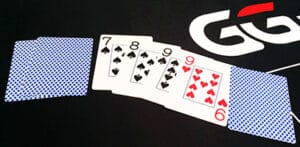
Seven-Card Stud
Before Hold’em’s rise to dominance, Seven-Card Stud reigned as America’s most popular poker variant. This classic game requires different skills than community card games, emphasizing memory, observation, and board reading.
Game Flow: Each player receives two down cards and one up card, followed by a betting round. Three more up cards are dealt with betting rounds after each, then a final down card and final betting round. Players make their best five-card hand from their seven cards.
Unique Skills: Success in Stud requires tracking folded cards (called “card memory”) and reading opponents’ likely holdings based on their exposed cards. The ability to remember which cards are dead becomes increasingly important as the hand progresses.
Strategic Considerations: Starting hand selection proves crucial, as players with strong door cards (the first up card) gain significant advantages. Position is less important than in Hold’em, but the ability to read board textures and calculate opponents’ possible holdings becomes paramount.
Conclusion
These variants represent just a fraction of poker’s incredible diversity. Each game rewards different skills and offers unique strategic challenges, from Short Deck’s action-packed mathematics to Badugi’s lowball complexity, from Five-Card Draw’s pure psychological warfare to OFC’s intricate hand construction puzzles.
Exploring these alternatives can improve your overall poker understanding, break you out of strategic ruts, and simply provide refreshing new challenges. Whether you’re seeking more action, different strategic demands, or just variety in your poker diet, these exotic variants offer compelling alternatives to the Hold’em grind.
The key to success in any poker variant is understanding its unique dynamics while applying fundamental poker principles: hand selection, position awareness, opponent reading, and bankroll management. Start with the variant that most appeals to your playing style, master its basics, then gradually expand your repertoire. You might discover that your true poker passion lies beyond the boundaries of Texas Hold’em.
Whether you’re a fan of high-stakes cash games or the excitement of multi-table poker tournaments, GGPoker is the premier destination for poker enthusiasts. For those aiming to compete for a prestigious WSOP bracelet, push through the ranks for a WSOP Circuit ring, or simply hone their strategies in classic games or poker formats, GGPoker has something for everyone. The platform offers a seamless online poker experience, with innovative features like Smart HUD, PokerCraft, and integrated staking, designed to elevate your game. Whether you’re grinding your way up in daily cash games or competing for life-changing prizes in major online series, GGPoker provides the best environment to play, improve your poker skills, and succeed in the world of online poker. And if you are not sure where to start, you can always play free poker games and learn at the GGPoker School.
